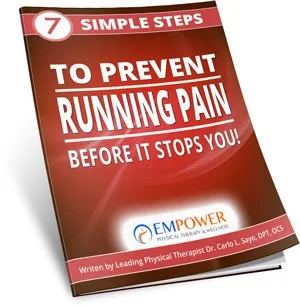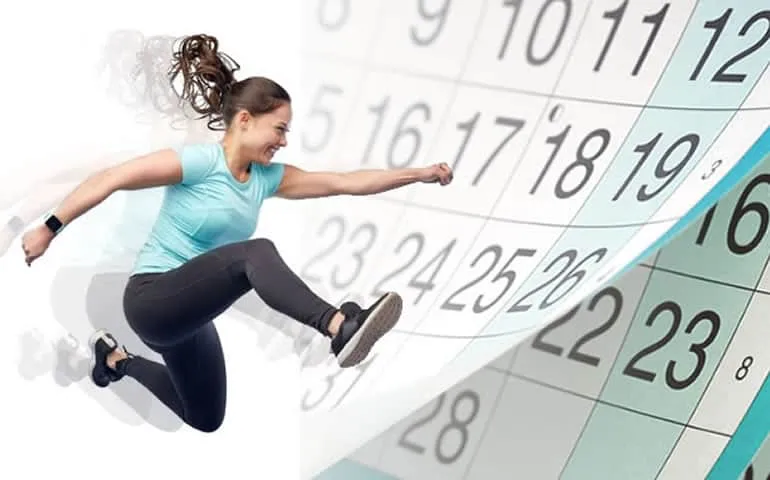As the new year approaches, chances are you’re beginning to think about picking up on one or two fitness habits as part of your New Year’s Resolution.
And if it’s walking or jogging that you’re considering, here are a few things you should consider to protect vital joints and muscles:
The number one most important thing when doing any exercise is your choice of footwear. Trainers don’t need to be all that expensive, but don’t underestimate the importance of a decent pair of running or walking shoes.
Tennis shoes won’t do, the trendy white “chucks” are definitely out and resist the temptation to choose those old tired running shoes you’ve occasionally used over the past few years that are currently stuffed away in the closet somewhere.
Yes, to reduce the risk of aches and pains in muscles and damage to your joints from the pounding they take off the hard street surfaces, you’ll be better off in fresh, well-cushioned running or walking shoes. After all, running shoes are designed for running and if you’re a beginner, your legs are going to need all the protection they can get.
My advice, if you’re buying, is don’t go for the obvious big name brands either – they might look great, maybe even match your outfit, but they are not always what you need to protect joints.
Please know this too: each brand of trainer such as Nike, or Adidas etc, will have its own instep shape for your foot to fit into – and they can’t all be right for yours, it’s just not possible. So, once you’ve found the brand or style that works best for you, the one that feels comfortable and lets you walk or run without any major issues, stick with it! I’ve seen injuries like shin splints and Achilles tendon problems happen simply because a client has swapped the make or manufacturer of the trainers they wear.
Here’s another tip: Wear something comfortable. Most new (and naive) runners will overdress at the beginning, forgetting how hot they will quickly become.
It takes just 6-7 minutes to get your body warm and believe it or not there is a metric you can follow when it comes to the amount of clothing you should be wearing.
It goes like this: If the temperature is +54 degrees Fahrenheit, shorts and a tee shirt or vest will do. If the temperature drops below 50 degrees Fahrenheit or you’re a very early morning runner, step up to leggings and a long sleeve tee shirt.
Now, if the temperature drops below that, personally, I like to run wearing my hat and gloves. Why? Well, it’s because hands take the longest to warm up and it’s argued that heat is lost through your head.
So, it’s better to have the warm blood supply hitting the important muscles you’re going to be using, such as the ones in your legs, than it being directed to your hands, which are pretty unimportant in the grand scheme of things.
If you want more tips on how to stay injury free while running, or how to ease running pain…here’s a free report on how to continue enjoying your runs!



